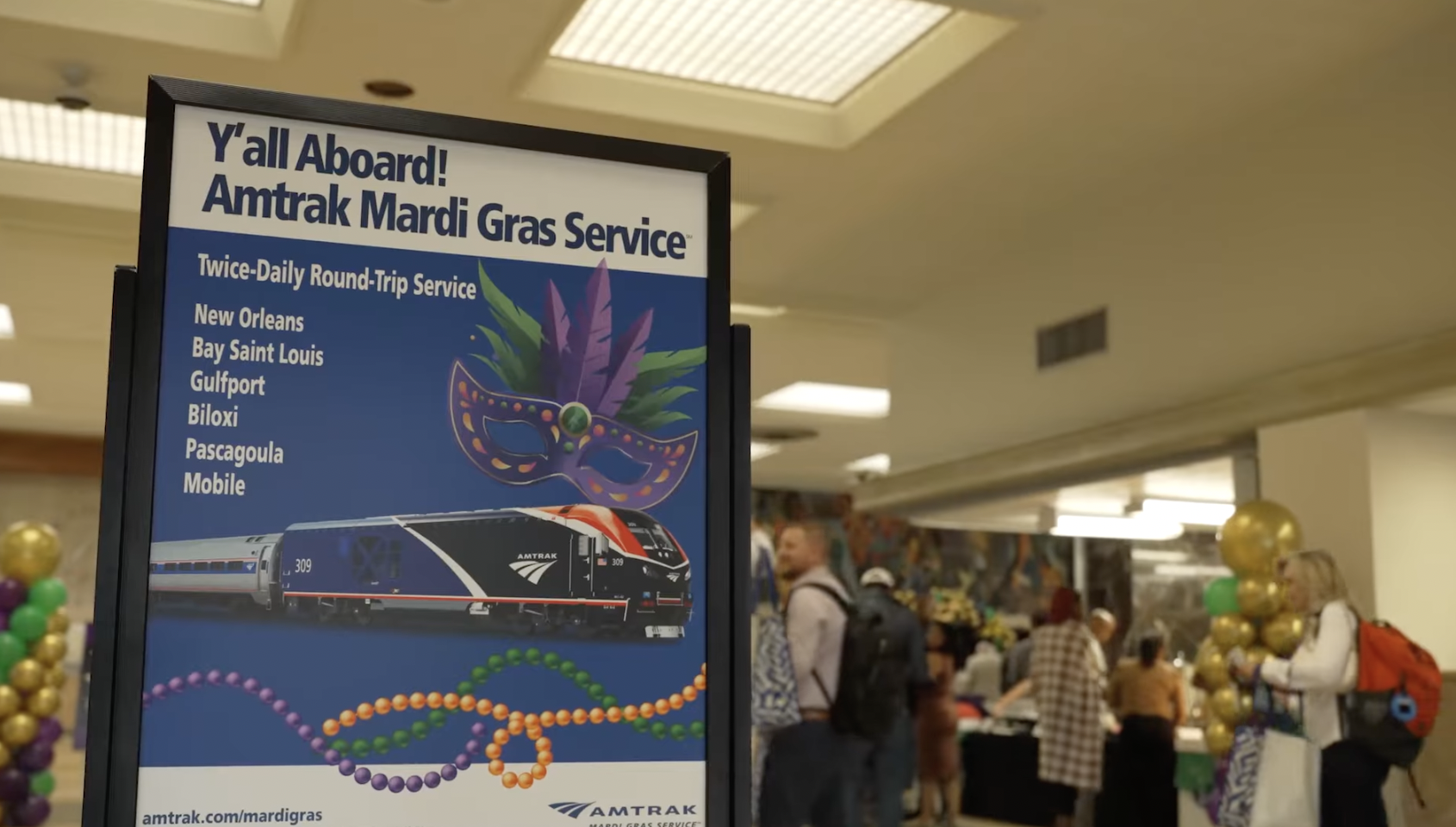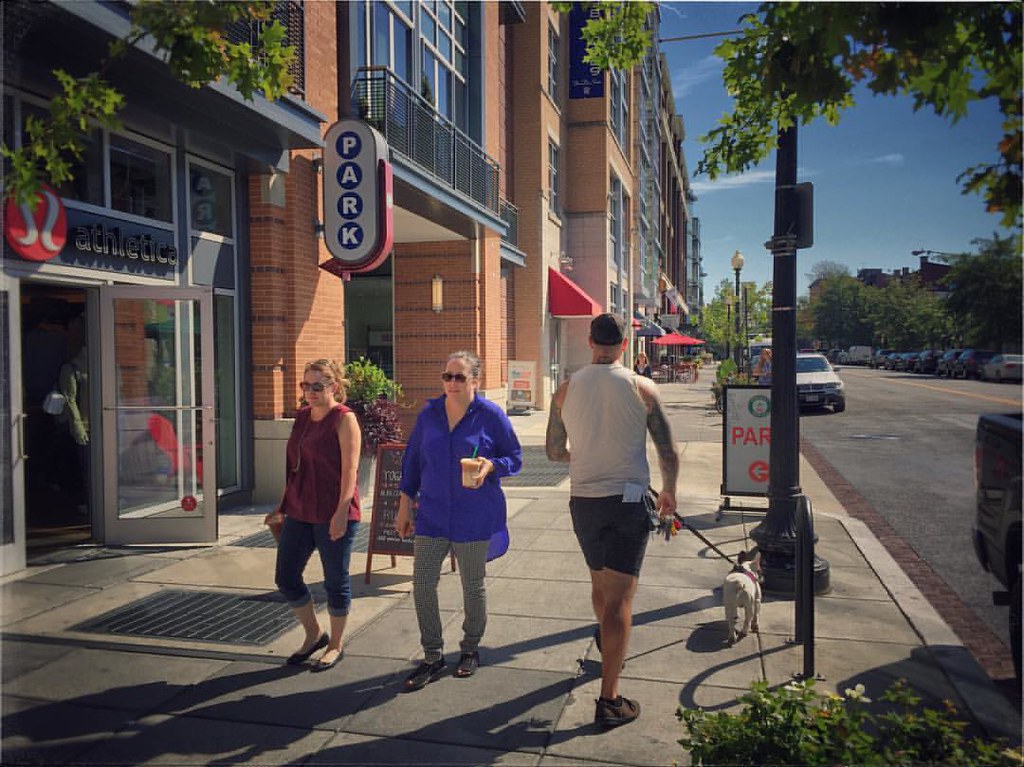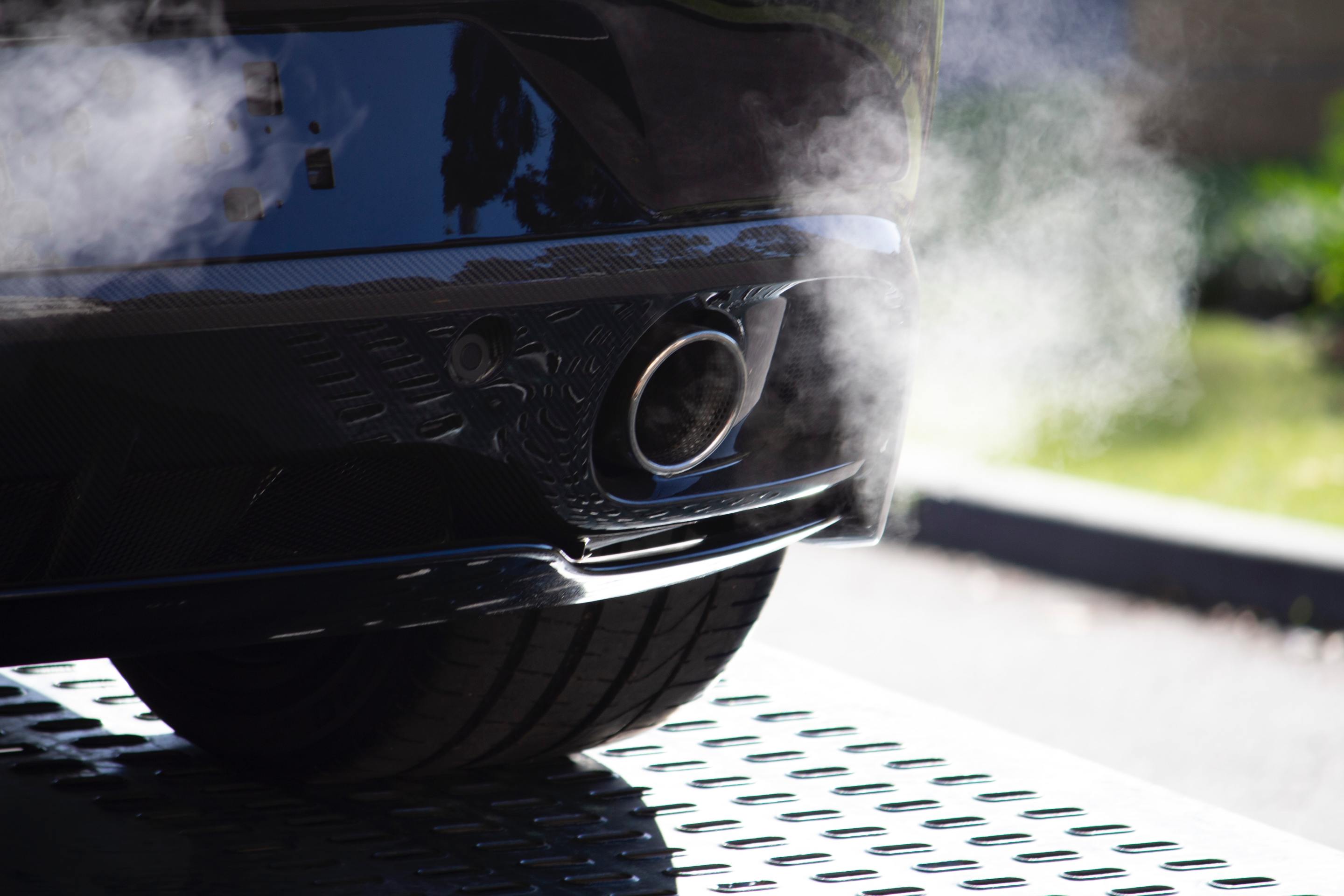- Cities can only harness the full benefits of micromobility options like bike-shares and e-scooters if they’re fully integrated into public transit, according to a German study (Traffic Technology Today). But fully integrating micromobility devices and transit requires data, which companies have been reluctant to turn over to cities (Urban Mobility Daily).
- If Uber and Lyft’s effect on traffic congestion and falling transit ridership, low-paid drivers and record of sexual assaults make you cringe, here’s how to delete the apps and use other options to get around. (The Verge)
- You can’t pave your way out of congestion, but the Colorado DOT is nonetheless planning to widen I-25 anyway. At least the deal to buy a vacant railyard will benefit light rail, too (Colorado Public Radio). Meanwhile, an Oklahoma City proposal to widen I-35 is meeting backlash (Fox 25).
- Miami's new parking-light zoning code shows what can happen when cities get out of developers' way. (City Journal)
- Chicago Mayor Lori Lightfoot is cracking down on drivers who park in bike and bus lanes. (Tribune)
- Los Angeles Mayor Eric Garcetti has ordered 155 electric buses — the largest such order in U.S. history. (KCAL)
- Milwaukee’s streetcar ridership is exceeding expectations, and it celebrated its millionth rider on Friday. (On Milwaukee)
- Philadelphia’s new, brighter streetlights could help make streets safer at night. (WHYY)
- A Kansas City council member has introduced a Complete Streets resolution and wants to rethink how wide, hard-to-cross streets are designed. (KCTV)
- Nashville needs 1,900 miles of sidewalks, but only four miles a year are being built. (WSMV)
- Here’s your semi-regular reminder not to trust the Manhattan Institute, which thinks bike lanes are “recreational” and thus not worth government investment.
- A Spanish company has signed a $6-billion deal to build the first high speed rail line in the U.S., running between Houston and Dallas. But don’t get too excited — it’s not expected to start service until 2042. (RFI)
- Urbanism isn’t just for cities. Some of the most walkable places on Earth are small, rural villages. (Strong Towns)
Today's Headlines
Monday’s Headlines
Stay in touch
Sign up for our free newsletter
More from Streetsblog USA
Friday Video: The Secret History of Amtrak’s Mardi Gras Service
...and what it means for new passenger rail service across America.
Friday’s Headlines Walk the Line
If you're a capitalist, the market says there's a premium for living in a walkable neighborhood. So why not supply more to meet demand?
Talking Headways Podcast: Fighting to Win
Carter Lavin talks with Jeff Wood about the necessity of messy politics in obtaining street safety.
Streetsblog’s ‘Car-Free Carolers’ Bring the Joy, Mirth and Ho-Ho-Hope to this Holiday Season
Streetsblog's singers are back, belting out their parody classics to make a serious point: New York's roadways don't have to be dangerous places for kids and lungs, but can be joyous spaces for people to walk around, shop, eat or just ... hang out.
Study: More Protected Bike Lanes = More Micromobility Users
This ought to silence doubters who claim that no one's using that shiny new cycle track.
Thursday’s Headlines Are Hot-Blooded, Check It and See
Hopefully the Earth won't have a fever of 103 when judges get done with the Trump administration's proposal to dismantle greenhouse gas regulations.





